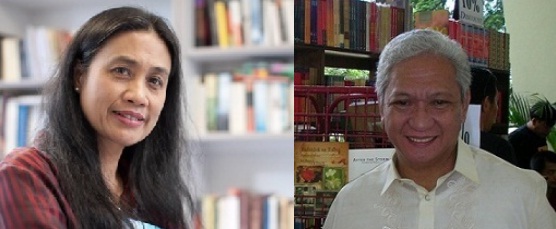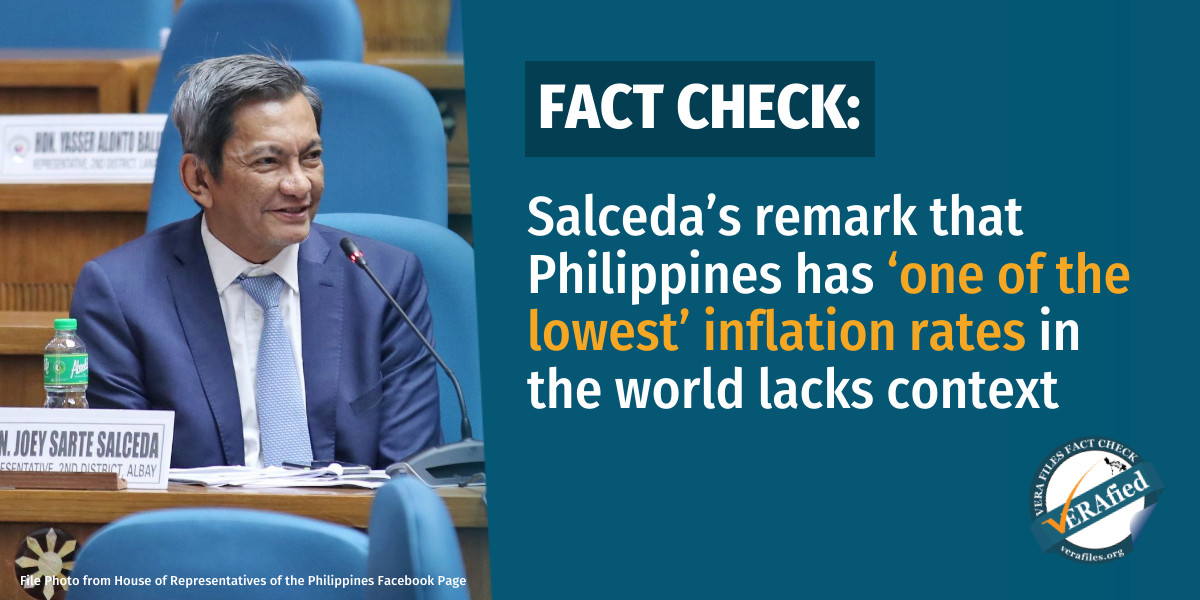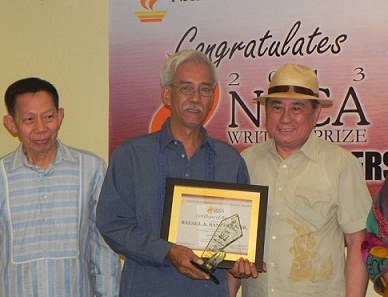
By PABLO A. TARIMAN
Albay turns 440 years old on April 3 with a special homage to its outstanding citizens who made a name for the province, among others, in the arts.
Two among the awardees, writer-poets Marne Kilates and Merlinda Bobis, are worthy of special mention because their body of work received national and international recognition with distinguished citations and several book awards. This doesn’t include their rightful place in the Palanca Awards hall of fame..
In the same vein, the National Commission for Culture and the Arts recently conferred a Writer’s Prize for an Albayano poet, Raffi Banzuela, for his book, “Dios Makina” which probes into the heart and soul of the Albayano through the years.
Indeed, the province is in the news not just for its writers but also for its Team Albay who was the first to come to the rescue of the Typhoon Yolanda victims in Tacloban.
On top of this, this year’s top PMA graduate, Jheorge Llona , is from the province as well.

Meanwhile, the Daragang Magayon Festival started two weeks earlier showcasing the arts and culture not just of Albay but from the adjoining Bicol provinces as well.
In the opening ceremonies, they showed what was unique in their respective provinces and cities through costumes and street dancing competitions.
Champion entry was Tribu Jimag-Ulaw of Placer, Masbate with the first place going to Pinyasan Festival of Daet, Camarines Norte and second place going to the Sugoc-Sugoc Festival of Catanduanes.
The festival is now on its 14th year with the 7th edition started by incumbent Governor Joey Salceda who is now a byword in quick disaster-preparedness and known as one with an all-encompassing approach to climate change.
The governor said this year’s festivities are not mere repeat of previous celebrations although the programs tended to look the same. Foremost in his agenda is to improve the level of appreciation for arts and culture and what is genuinely unique about the folkloric arts in the province as well as in the adjoining provinces. “We are encouraging streetdancing to showcase our Inkoy-inkoy and pantomina and the Higantes to remind us of the practices of our forbears before the coming of the Spaniards.
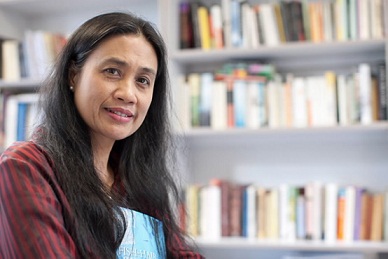
The festival has outdated the previous editions with emphasis on what we can offer our tourists – our superb cuisines, our delicacies like our pili confections, our historic ancestral houses, our fine beaches and our human resources like our top PMA graduates and our beautiful women and sturdy men who are equally challenged to show what is truly beautiful and noble about being an Albayano.”
To be sure, Albay cooking is beautifully interwoven in the novel of Bobis called “Banana Heart Summer” which won several book awards. Her 2007 Daragang Magayon Cantata — which won the Australlian Classical Music Award for best vocal/choral work of the year — should find a rightful place in the future edition of the festival.
Also a notable component of the festival is the First Pili Nut Festival of (old) Albay which opened last March 24.
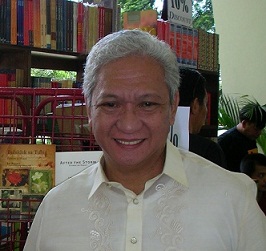
The governor notes the special qualities of this unique Bicol nut: “The edible nut is a major source of fat and protein. At 299mg per 100g, it has the highest magnesium content of any nut on earth, and more vitamin E than all other known nuts. When you shop around, you will see the configuration of the nut, and I assure you that it is delicious and has no equal in all the nuts you could find anywhere else in the world. Aside from sweets, the nut is also used for other purposes: it blends well with champagne and other spirits, it dances well with caviar, it extends chocolate, and some even use it for beauty products and for laxatives.”
One would like to think that best tribute to the pili nut comes from outstanding Albay poet Kilates who made something elegant and poetic on how it should be served and tasted:
Briefly blanch the pili fruits unhusked.
The water should neither be lukewarm
Nor too hot, but when pouring with care,
You should be able to say “Just enough.”
Still steaming (take care not to scald your
Yourself) the pili fruits are ready. You have
In your hands the tinulang pili, peel the skin
And see it leave a violet stain on the pulp.
Pinch a dainty sliver and dip in fish sauce,
Maybe spiced. Eat. Roll the tender stringy
Flesh on your tongue. ‘Tis the incarnate pili
You don’t know: The taste can only be acquired.
For the native Bikol mouth, peerless pili
Brings back summer seasons on the tongue.
It is not about sweetness (that’s the candy part)
But a vague, elusive flavor called nanám],
A taste that lives in the heart, in the past:
A memory of dried fish, cocido, dewy fresh
(And violet!) camote tops laid on steaming rice,
And a pinch of the pili’s sinful secret flesh.
